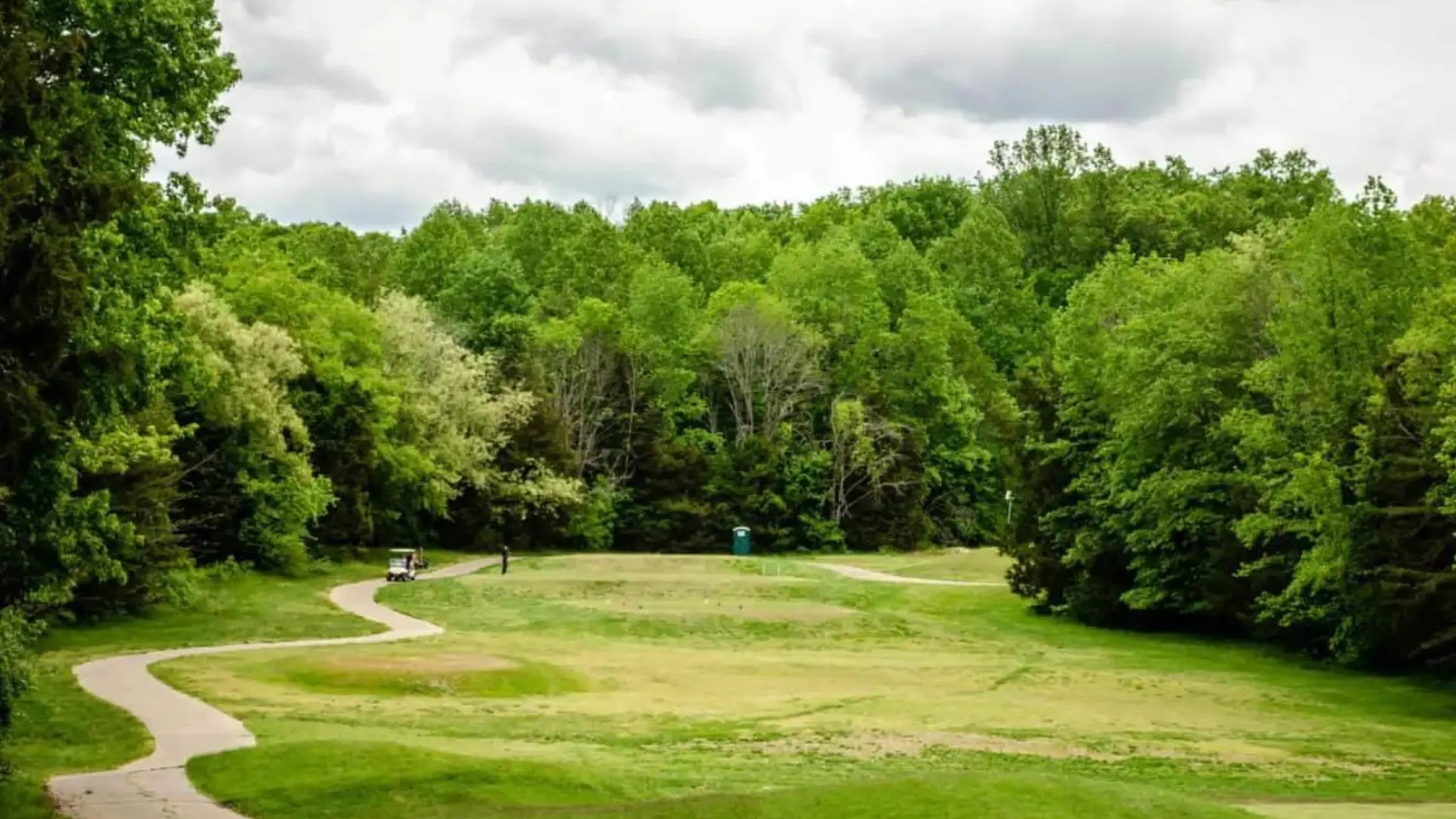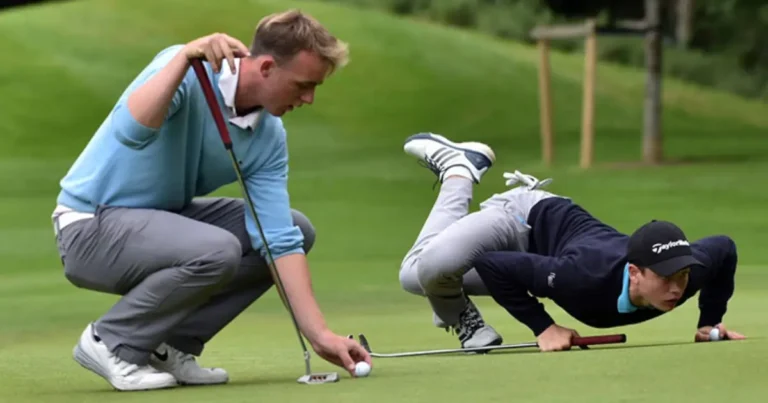The 10 Tips to Increase Clubhead Speed
Every golfer wants to hit the ball further. Clubhead speed is one of the most important factors affecting driving distance. The faster you swing the club, the farther the ball will go. Most amateur golfers have clubhead speeds of less than 100 mph with drivers, whereas pros frequently reach 115 to 125 mph. Even a 5-mph increase in speed can significantly reduce driving distance.
Increase Clubhead Speed calls for focusing on proper mechanics, fitness, flexibility, and swing techniques. Almost every player can gain speed by focusing on a few key areas. It simply requires practice and a consistent focus on proper technique. Here are ten useful tips for increasing your golf clubhead speed.
Proper Grip is Essential
The grip is essential to any powerful and accurate golf swing. If your hands are not properly set on the club, your swing will suffer in terms of speed and consistency. Most experienced players recommend using overlapping, interlocking, or baseball-style grips. Whichever you choose, make sure both hands are acting on the club simultaneously, palms facing each other.
At the top of the backswing, keep the left wrist flat and avoid bending backwards. This enables maximum wrist hinge and power transfer. Spend some time perfecting your grip pressure and hand placement to see positive results.
Strengthen Your Core Muscles and Legs
Golf, like most sports, relies on strong core leg muscles to generate force. Without powerful leg drive, your swing speed is limited. Make core and leg workouts a habit 2-3 times per week. Squats, deadlifts, lunges, core rotations, and medicine ball exercises are all effective. As your strength and stability improve, you’ll be able to hit the ball faster on the course. However, keep the core area flexible by stretching it regularly.
Use Resistance Training for Strength Gains
Resistance training goes hand in hand with core leg exercises. Lifting weights builds strength and helps to increase clubhead speed. Exercises that target the major muscle groups involved in the golf swing include the shoulders, back, chest, core, and legs. Lat pull downs, shoulder presses, barbell rows, and bench pressing exercises performed with heavy weights and low reps increase muscle size and power.
To avoid injury, always maintain proper form. Resistance training, when done correctly, pays off handsomely for golfers looking to improve their speed.
Improve Your Clubhead Speed Step by Step
Rather than attempting to swing all-out from the start, gradually increase clubhead speed. Begin by making smooth, balanced practice swings with solid contact. Once you can consistently strike the ball well at 80%, gradually increase your swing speed.
Weighted clubs and other speed training aids can help you groove at a faster tempo. To track gains, check your clubhead speed on a regular basis using launch monitors. Small speed increases applied consistently over time will snowball into significant yardage gains. Be patient and continue working.
Improve your rotational power
Where does clubhead speed originate? The large muscles in the shoulders and torso rotate forcefully during the swing. Most amateur golfers’ swing speed suffers from a lack of upper body rotation. To address this, perform mobility and stability drills that open up the shoulders and hips.
Perform exercises such as the sleeper stretch, leg swings, fire hydrants, and band pull aparts. The more rotational range of motion you develop, the faster the club will whip through impact due to the rotational force generated.
Video your Golf Swing Frequently
Video analysis is one of the most effective clubhead speed training tactics. Using video to monitor your swing allows you to pinpoint exactly where speed leaks or limitations exist. You can then drill the problem areas until they are fixed. Pay special attention to the key positions: takeaway, transition, and downswing.
Look for the correct sequence, angles, and width. Empirical video evidence consistently outperforms guesswork. Super slow motion video is even more useful for diagnosing swing efficiency issues that reduce clubhead speed.
Continue Working on Lag and Power Transfer
Lag refers to how well you sequence the transfer of force up the kinetic chain during the down swing. The later you release lag, the higher the clubhead speed at impact. Amateurs who are struggling with lag can benefit from specific drills and swing thoughts. Feel like the arms are passive while the body turns hard left, resulting in maximum separation. Allow the hands to naturally align as late as possible.
Hitting the ball first, then the turf, encourages you to hold off on your release. Ingraining better lag requires a lot of quality practice, but the speed rewards are worth it.
Analyze your attack angle and swing path.
Beyond swing mechanics, optimizing your swing path and angle of attack is critical for maximum speed. To achieve the best results, sweep the ball on an ascending blow with your driver. Descending too steeply requires overcoming gravity, which reduces clubhead speed. Shallow the downswing to compress the ball against the face. Ensure that your path aligns to the left of the target, promoting draw spin for extra yards. The key is to dial in attack angles and path numbers using lesson and launch monitor data.
Improve Your Speed and Power with Plyometrics
Plyometrics use explosive bodyweight exercises to increase muscular power and speed strength. Jumping routines such as broad jumps, box jumps, and squat jumps provide golf-specific benefits. Plyometrics can be used to train rapid eccentric and concentric contractions, which stimulate the fast-twitch muscle fibers used in the golf swing.
They also enhance neuromuscular signaling. A golf-tailored plyometrics program can increase your power and clubhead speed in as little as 15 minutes per day.
Work Consistently on Flexibility and Mobility
Many golfers sacrifice flexibility when attempting to increase clubhead speed. This was a mistake. An efficient swing is impossible if your body’s muscles and joints are too tight. You must have an adequate functional range of motion to properly sequence the rotation, weight shift, and torque generation required for a fast swing
.Follow a daily stretching program that targets common problem areas such as the lats, chest, hips, and hamstrings. Regular massage therapy also helps to keep muscles flexible for speed. Plan at least 30 minutes per day to improve mobility.
Conclusion
The golf swing is complex, requiring good biomechanics, athleticism, and proper technique to maximize clubhead speed. Fortunately, nearly all golfers can improve their speed by working on core strength, flexibility, swing efficiency, and power over time. Expect gradual improvement over time as you work hard on the key areas covered in this article.
Track your progress with clubhead speed measurements and launch monitor practice. With patience and perseverance, you can achieve exciting increases in driving distance by following these ten tips. Now go for it and start enjoying the benefits of playing faster, more powerful golf!







